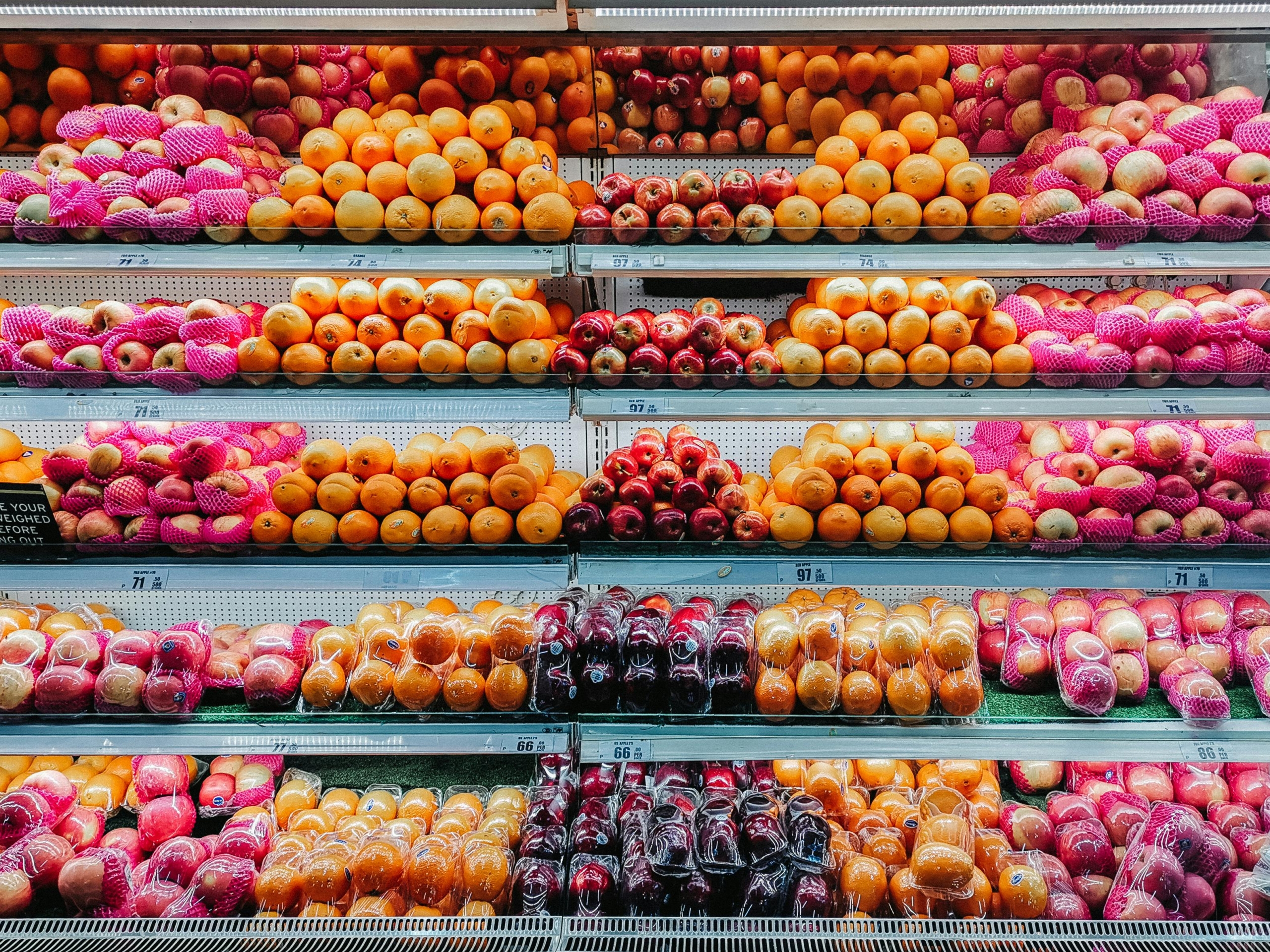Two-fifths of the world’s plant species are at risk of extinction, much of which we rely on to feed us. Varieties of foods we eat every day — like bananas, corn, and coffee — could be wiped out due to the limited genetic diversity of foods. Changing consumer habits, population growth, agricultural practices like monoculture farming, and climate change are largely responsible.
Traditional diets were simpler but more biodiverse. People ate what could be grown and sourced locally. Today, many societies have shifted away from this and access foods grown all over the world. As the global population has quadrupled over the last century, food production has surged. But while consumers increasingly demand variety, in reality we have whittled down the genetic diversity of our foods into monocultures to meet global demand and keep food production profitable. Take maize as an example. The crop has deliberately been inbred from thousands of locally adapted, heirloom varieties to just a handful of types that produce taller, larger kernels that are genetically identical. Having only a few types of maize means these varieties can be more profitably mass produced and shipped around the world.
Reduced food diversity is exacerbated by climate change. As temperatures increase and we experience more extreme weather patterns, growing food becomes more challenging. Some crops have adapted to changing climates and conditions like increased rainfall and hotter temperatures, but others are less resilient. Arabica coffee beans, which represent two-thirds of global coffee bean production, are a prime example of a crop seriously at risk from climate change. 131 known species of coffee bean have been reduced to just a few. Today Arabica and Robusta account for 98% of all coffee grown. By 2050, 50% of Arabica growing regions are predicted to be unsuitable because of the hotter temperatures, erratic rainfall, and more aggressive pathogens resulting from climate change. Reliance on two beans globally has left coffee drinkers at risk of short supply, and the millions of people reliant on the industry vulnerable.
To make matters worse, diseases such as fungal pathogens and bacteria are wiping out entire food crops. Globally, this is a significant risk as we increasingly rely on monoculture foods. There used to be hundreds of banana varieties. Today, people almost exclusively eat the Cavendish variety – bred to be sweet, creamy, flavourful, seedless, and easy to transport with its thick skin. Since the 1950s, Cavendish bananas have made up half of bananas produced globally. It is one of the most consumed foods in the world and is a significant source of nutrients for millions of people. But a deadly pathogen — Panama 4 — could wipe out the Cavendish and destroy the banana industry completely. Relying on a single variety risks an entire food group when disease strikes.
Threats to food supplies are nothing new. The Irish famine in the mid-1800s saw the country’s most significant source of food, a single type of potato crop, wiped out by a water mold, resulting in the deaths of nearly one million people.
But today this can all be avoided. There’s a growing movement to reverse our reliance on monocultures. Some growers are adopting agroecology practices by reverting to traditional agriculture methods, embracing natural systems and using local knowledge to promote biodiversity — in some cases by planting multiple crop species together. Others are turning to regenerative agriculture to restore nature by using crop rotation and diversification to reduce disease and maintain soil health. Permaculture farming, which works with nature by grouping species that complement one another together to create a self-sustaining system, is also regaining popularity.
It’s not just growers’ responsibility to change the food system. Industries responsible for dictating what is grown, and consumers, have an impact on what ends up on food shelves. We need to shift our expectations to embrace variability in the foods we eat, and for the supermarkets, retailers and buyers who cater to our demands to supply wider varieties.
Ultimately, it is possible to live in a world with an abundance of diverse foods. Thousands of seed varieties are stored in protected seed banks around the world, ready to burst into life in farmers’ fields. There are roughly 1,700 seed banks around the world containing billions of seeds and thousands of plant species. The hope is to restore what has been lost and safeguard food for the future, all while increasing biodiversity, and protecting livelihoods and the climate.
